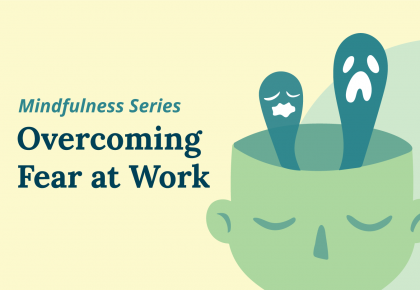Research Suggests Hybrid Work Just as Productive as the In-Office Model
On September 22, 2022, tech giant Microsoft released the results of a study where 20,000 employees were surveyed on their thoughts about hybrid (or remote) work well over two years into the pandemic era. The findings of the survey show a significant divide between employee belief in their productivity and employer trust in their workforce’s ability to get things done outside the physical workspace. As the economy has begun its downturn, Microsoft ran the study to ensure its original efforts at bringing people back into work were for the best. The results showed that while many employees had a desire to return to work, their reasons for wanting to do so had almost nothing to do with productivity.
Employees thriving in a remote setting
According to Microsoft’s research, employee productivity is higher than ever. Indeed, the company’s research showed people are working more than ever in a remote environment, which was consistent with the 87% of employees who responded their productivity had increased in the last two years. Microsoft’s research showed the number of meetings per week increased 153% in the remote era, and the number of employees who were double booked for meeting time increased by 46%. Further results showed the number of Teams invites that were accepted increased by 216% in the last two years and the multi-tasking efforts (reading and responding to email while on Teams meetings also saw significant growth).
Such results are astonishing, and when combined with employee confidence in their level of productivity validate the shift to a hybrid model. Yet many managers (85%) say the shift to hybrid work has “made it challenging to have confidence that employees are being productive.” Even given the numbers in the paragraph above, leaders still have difficulty trusting what they cannot see. Such distrust is rooted in confirmation bias, given the new way of work is so different from how they learned how to work, manage, and lead. According to Microsoft, this distrust is known as “productivity paranoia,” and is a false sense of distrust that must be exposed in order to maintain the astonishing levels of actual productivity reached in the past two years.
Clarity in Work Priorities Key to Trust and Longevity
For both managers and employees, a sense of understanding and clarity as to what the priorities are (regardless of the work setting) is key to lengthening tenure and reducing desire to look for another job. According to the Microsoft survey, employees are 4x more likely to stay at a company for at least two years and more than 7x less likely to look for another job when the priorities are well-outlined. Likewise, employees are 4.5x happier at their job when leadership is transparent about priorities, whether they be meeting attendance, increased attention to work product, or both.
Many Employees Want to Return to the Office, but for Each Other
Critical to Microsoft’s findings, of those employees who want to return to a physical workspace, 84% responded that the motivating factor would be socializing with co-workers and rebuilding the team aspect of work. Research also revealed that 73% of employees would be more likely to go back to the office if they knew their direct team members or work friends would be there. Accordingly, it is clear that while many employees see the value in having some time in the office, employers need to be cognizant of their motivations when trying to get employees to return to work, and should use these motivations as a tool to re-recruit their workforce.
From a management perspective, Microsoft’s research reveals that authenticity matters, and 82% of employees said they were more likely to go into a physical 1:1 meeting with a manager they feel is “authentic” (open, honest, and empathetic). Conversely, employees without an authentic manager are more likely to want to stay away, and are more likely to face greater challenges to learning and development, whether in person or on a remote working model.
Hybrid is the Key
Analyzing the results of Microsoft’s findings (over a large employee sample size) it becomes clear that some form of hybrid work is desired by the vast majority of employees. Given productivity has actually increased away from the office, it is possible that employers should be motivated to give their workforce the flexibility to take meetings away from the office, while attracting them back to the physical workspace to attend collaborative sessions, team-building projects, innovation sessions, and regular face-to-face meetings. But employees appear to have earned the flexibility to get things done remotely as needed, lending credence to the idea that the paradigm has shifted and “return to work” may not be the return many leaders once expected.
Syntrio has developed a range of courseware and communication tools designed to help leaders motivate their workforce to the idea of returning to the office. While the courses are designed to prepare managers and the workforce for a return to the office, they are open-minded to the idea of a hybrid model and leave it to the employer to determine the approach that is best for their business. In light of the research conducted by Microsoft, leaders would be wise to consider the sentiment among the workforce and the motivations for bringing their employees back into the office.
If your organization’s motivation for a return to work is purely productivity, it may be necessary to take a look at the numbers in your organization over the last two years. However, if the desire for a return to work is born from a want for teamwork, collaboration and increased social awareness, the concept may be much better received. We welcome you to contact a member of our staff to show your organization how Syntrio can partner with you to make a transition to an in-office or hybrid model as smooth as possible.



